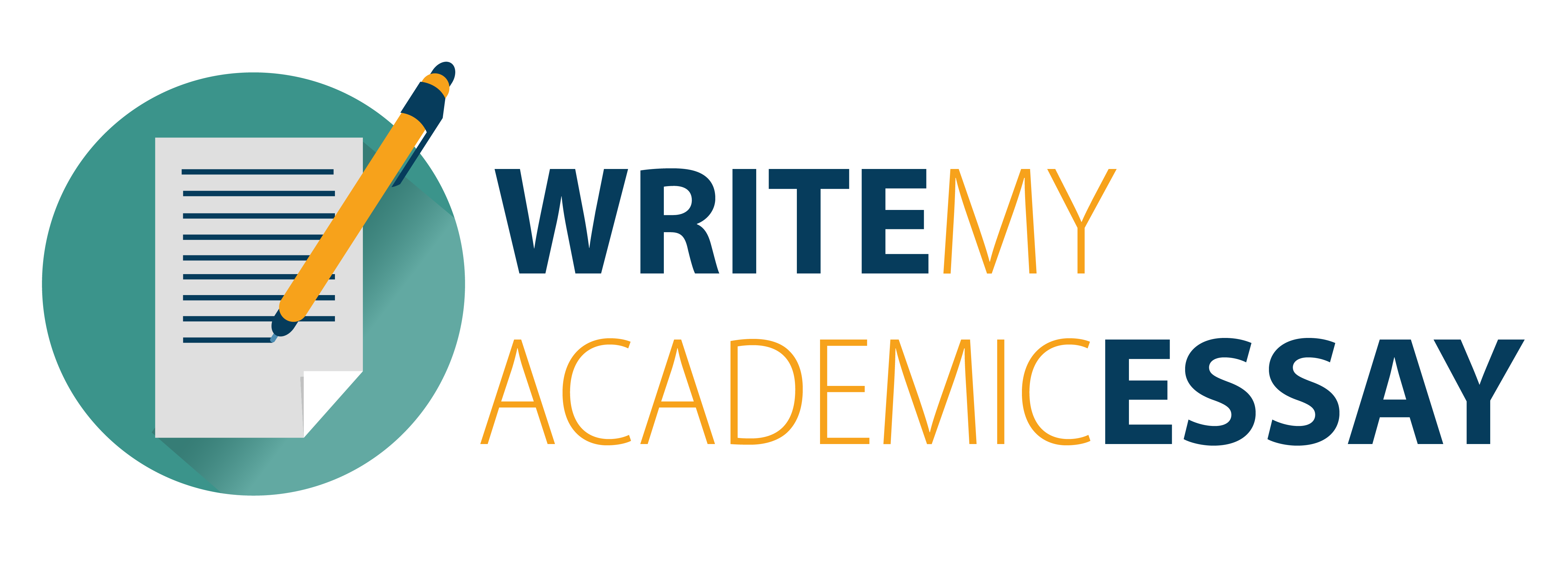An investigative report into the Current trends in Plated Desserts
Assessment guidelines:
This will involve a 2000 word written report identifying your dessert and the development process for the practical assessment. In addition, investigate and discuss the current trends of plated desserts in high-class Hotels and Restaurants including pertinent information relating to nutritional, dietary and seasonality information regarding the key ingredients you are using.
The dish must be accurately costed and remain within a maximum budget of £2.00 per portion, per dessert and a realistic costing must be included. Provide dish specifications with methods of making, finishing and presenting each one, stating instructions and practical stages in a clear professional format, with pictures/diagrams, that a commis chef would be able to follow.
The report must include information on:
¬ Current trends: Investigate the current trends in plated desserts in high-class Hotels and Restaurants – with focus on up-market desserts suitable for serving hot or cold but of a complex nature
¬ Seasonality & sustainability: in relation to your product
¬ Product synthesis: Food combinations (colour, texture, shape) / flavour combinations consideration food combinations, flavours and dietary requirements (nutritional, cultural, medical and personal) and the market.
¬ Product specifications: Yield, ingredients, methods, service, labeled diagram, costing and nutrition.
It is expected that this report should contain:
Summary, which will precede the whole report
Contents page
Introduction; the project title, aims and objectives
Presentation of your chosen dessert, its development from the practical sessions and assessment, key ingredient research and costing’s
References to the literature you have read
Evidence of some understanding of current industry practice and trends
A bibliography sourcing your research should be included and all sources of information referenced throughout
An appendix – you may choose to include an appendix with further details and evidence of your research
See appendices 1 for the marking sheet.
An example of the report structure (Use this as a guide):
Title page:
¥ Module title /code
¥ Title of report
¥ Author /student number
¥ Who it is for / attn:
¥ When was it written
¥ [ tip – copy from the front sheet of MSG and modify]
Summary page (4 points to make):
¥ Aims & objectives of report
¥ Main findings
¥ Conclusions
¥ Recommendations
Contents page:
¥ Layout with page numbers
¥ In reports each section is numbered
¥ Use footer –student no / module title
1. Introduction page:
¥ Main aims /objectives of report
¥ [maybe be referred to as “terms of reference”]
¥ An Overview eg: background on a business /an industry /a law /system etc –set the scene
2. Methodology/Procedure:
¥ How was the investigation carried out?
¥ How the data was collected and why was this the best way?
¥ How was the data analysed? (In broad terms)
¥ Limitations – was there any restrictions on the report eg: confidentiality
3. Current Trends and External Influences that affect the production of dessert when developing a dessert menu.
3.1 Chefs on T.V/Cooking programmes
3.2 Retro desserts
3.3 Modern cooking techniques / dessert deconstruction
3.4 Sustainability
3.5 Seasonality
3.6 Provenance
3.7 Technology
4. Product synthesis
4.1 Dish Development
5. Conclusions:
¥ Summarises the findings
¥ Never introduce new information here
6. Recommendations:
¥ How can the problem be solved
¥ Note: this section is often read first so this section should be very well thought out!
7. References:
¥ All texts, web sites , journals ,newspapers used in report and referred too
¥ HARVARD SYSTEM
¥ Alphabetical order
¥ Additional reading – read but not referenced in report
8. Appendices:
¥ Everything that supports the report, but would hinder speed reading if part of the main report
¥ No extras
Essential Reading:
Campbell, J, Foskett, D, Rippington, N and Paskins, P (2012) Practical Cookery; For NVQ and Apprenticeship, 12th Edition. London: Hodder & Stoughton – essential course reading
Foskett, D and Paskins, P (2012) The Theory of Catering, 12th ed. London: Hodder Arnold
McGee, H. (2004) On Food and Cooking, London: Hodder & Stoughton.
Saus, M. (2009) Advanced Bread and Pastry, New York: Delmar Cengage Learning
Boyle, T. (2012) Plating for Gold, John Wiley & Sons Inc., Hoboken, New Jersey
Clarke C (2007) Indulge 100 Perfect Desserts. Bath. Absolute Press.
Sibley, P. (2011) PS Desserts, Melbourne: Hardie Grant Books
Le Journal Du Patissier
Additional reading:
Barham, P (2001) The Science of Cooking. Springer-Verlag, Berlin
Bilet, M.Myhrvold,N. Young. C. (2011) Modernist Cuisine. The Art and Science of Cooking. The Cooking Lab
Campbell, J. (2001) In Search of Flavours. London: Conron Octopus
The choice of academic research material is often a very personal matter, the fundamental issue is to find an information resource which you will read, understand and will enable you to develop and extend your range of knowledge in context.
Included with the book is an online feature packed resource by Hodder Arnolds new e-learning platform, Dynamic Learning.
DVD features include:
More than 50 videos of key techniques demonstrated by John Campbell
Interactive knowledge quizzes
Diagrams, charts and for portfolio use.
It should be noted that some of these texts may now be available in other editions in the library and the relevant sections therefore may have changed as a result
Websites:
• www.caterersearch.com: The catering industry news and resources
• www.bighospitality.co.uk: The hospitality industry news and resources
• www.cieh.org : Environmental health information
• www.foodstandards.gov.uk: Food Standards Agency
• www.defra.gov.uk: Dept. of Environment, Food & Rural Affairs
• www.bda.uk.com: British Dietetic Association
• www.nutrition.org.uk: British nutrition Foundation


